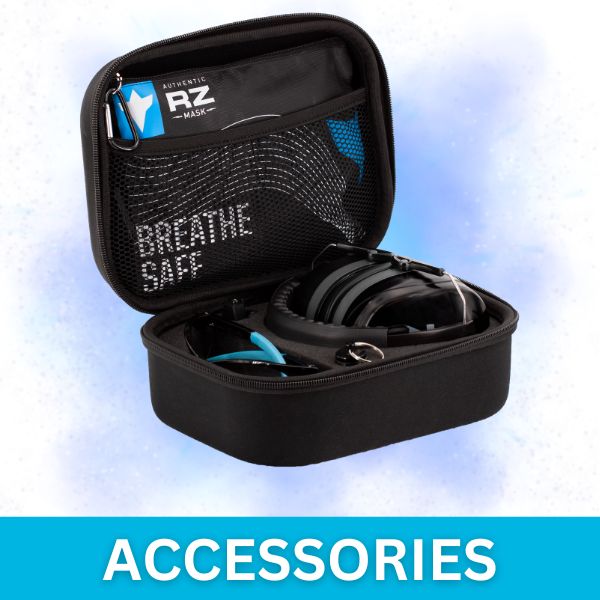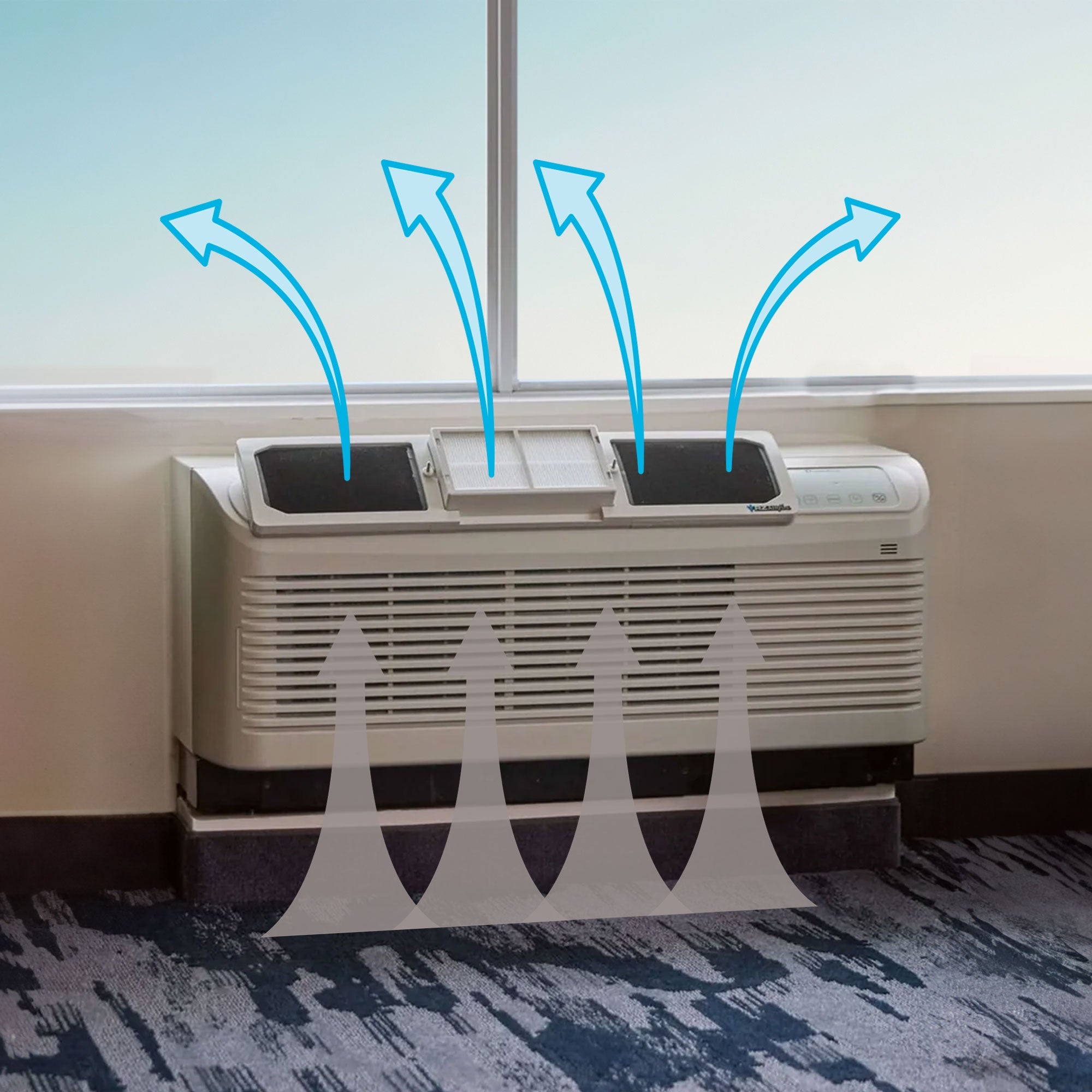RZ Asks a Pro: Shop Safety with Popular Woodworking Editor, Logan Wittmer
June is National Safety Month so we asked Logan Wittmer, Editor of Popular Woodworking, to share his top shop safety tips. From keeping your shop organized and safely cleaned to personal protection, keep these safety tips in mind to ensure a safe building experience.
What are the areas to consider for safety inside your shop?
When it comes to shop safety, consider your shop surroundings. Make sure that your shop surroundings are nice and clean and free of tripping hazards.
Electrical Cords
To avoid tripping over cords, make sure your walkway is clear by keeping cords off the floor and putting away tools when finished.
To avoid tripping over cords, make sure your walkway is clear by keeping cords off the floor and putting away tools when finished.

Lumber
Pieces of lumber can also be a tripping hazard, be sure to put it away properly in racks that are sturdy.
Pieces of lumber can also be a tripping hazard, be sure to put it away properly in racks that are sturdy.

Dust and Debris
Cuts and dust that fall on the floor can make things slippery, so be sure to sweep and clean your shop when done.
Cuts and dust that fall on the floor can make things slippery, so be sure to sweep and clean your shop when done.

What PPE should woodworkers always use?
Now that the lumber is off the floor and put away properly, the cords are off the floor, and the shop floor is clean, let’s talk about PPE, personal protection equipment. The two types of PPE that most of us use are safety glasses and hearing protection, but you also need to consider your respiratory safety as well.
Now that the lumber is off the floor and put away properly, the cords are off the floor, and the shop floor is clean, let’s talk about PPE, personal protection equipment. The two types of PPE that most of us use are safety glasses and hearing protection, but you also need to consider your respiratory safety as well.

Safety Glasses
Most people use safety glasses because it’s an immediate response protection meaning, if you get something in your eye, you know it immediately. We only have one set of eyes so be sure to wear safety glasses to protect yourself from sawdust and wood chips.
Hearing Protection
Hearing protection isn’t used as frequently as safety glasses because the damage is cumulative. You may not notice your ears ringing after one time in the shop, but years of running machinery can affect your hearing negatively. It doesn’t matter if they are in the ear or over the ear, they all offer the same protection.
Respiratory Protection
We’ve covered eye and ear protection, now let’s talk respiratory protection. Dust collectors are common in most shops and do a pretty good job at collecting the dust in the work area. The issue with dust collectors is that they don’t filter down to a size that’s going to protect our lungs. According to the EPA, airborne particles sized 2.5 microns and smaller can be inhaled and enter the bloodstream immediately.
Most people use safety glasses because it’s an immediate response protection meaning, if you get something in your eye, you know it immediately. We only have one set of eyes so be sure to wear safety glasses to protect yourself from sawdust and wood chips.
Hearing Protection
Hearing protection isn’t used as frequently as safety glasses because the damage is cumulative. You may not notice your ears ringing after one time in the shop, but years of running machinery can affect your hearing negatively. It doesn’t matter if they are in the ear or over the ear, they all offer the same protection.
Respiratory Protection
We’ve covered eye and ear protection, now let’s talk respiratory protection. Dust collectors are common in most shops and do a pretty good job at collecting the dust in the work area. The issue with dust collectors is that they don’t filter down to a size that’s going to protect our lungs. According to the EPA, airborne particles sized 2.5 microns and smaller can be inhaled and enter the bloodstream immediately.

So how can you protect yourself from those airborne particles? A dust mask or respirator. There are multiple styles of dust masks from the one-use N95 to the heavy-duty respirator to a nylon mask, but which is the best choice?
The disposable N95 is a popular option, but the problem with the N95 is that the fit isn’t great and doesn't offer as tight of a seal. With an ill-fitting mask, the likelihood of actually wearing it is low and you run the risk of fogging up your safety glasses.
The RZ Mask for woodworking boasts multiple benefits starting with a custom fit that is key for prolonged comfort and efficient filtration. The two part mask features a comfortable and flexible shell and a replaceable mask filter that filters down to .1 micron. With three sizes available that are all adjustable, you'll be able to get a comfortable, proper seal which prevents your glasses from fogging up and keeps your mask dry.

If you wear an RZ dust mask for woodworking, DIY or construction on a frequent basis, you can save over $550 a year compared to the disposable N95 mask. In the end, a comfortable fit means a greater likelihood of actually wearing your mask and therefore keeping your lungs safe.

Now is the time to take a look at your shop practices and make sure you are working safely. And most importantly, go out and build something!













Leave a comment